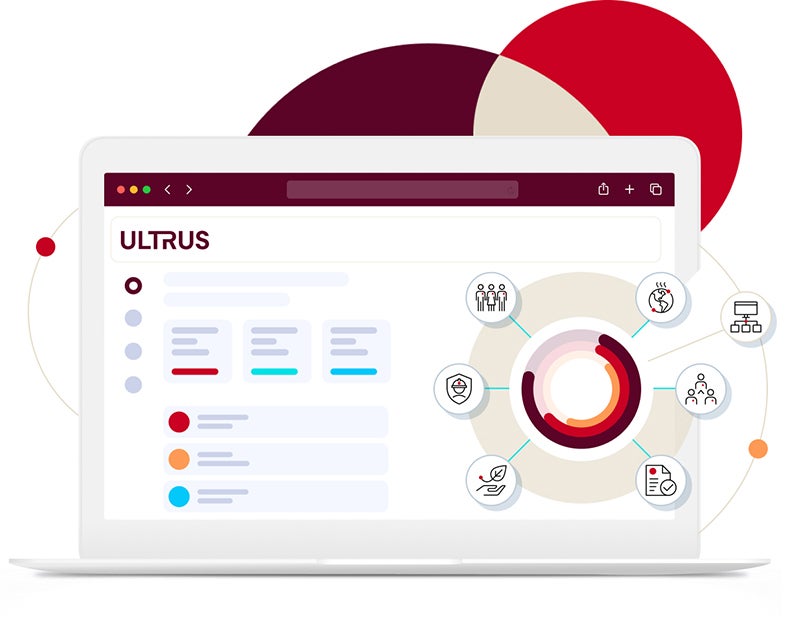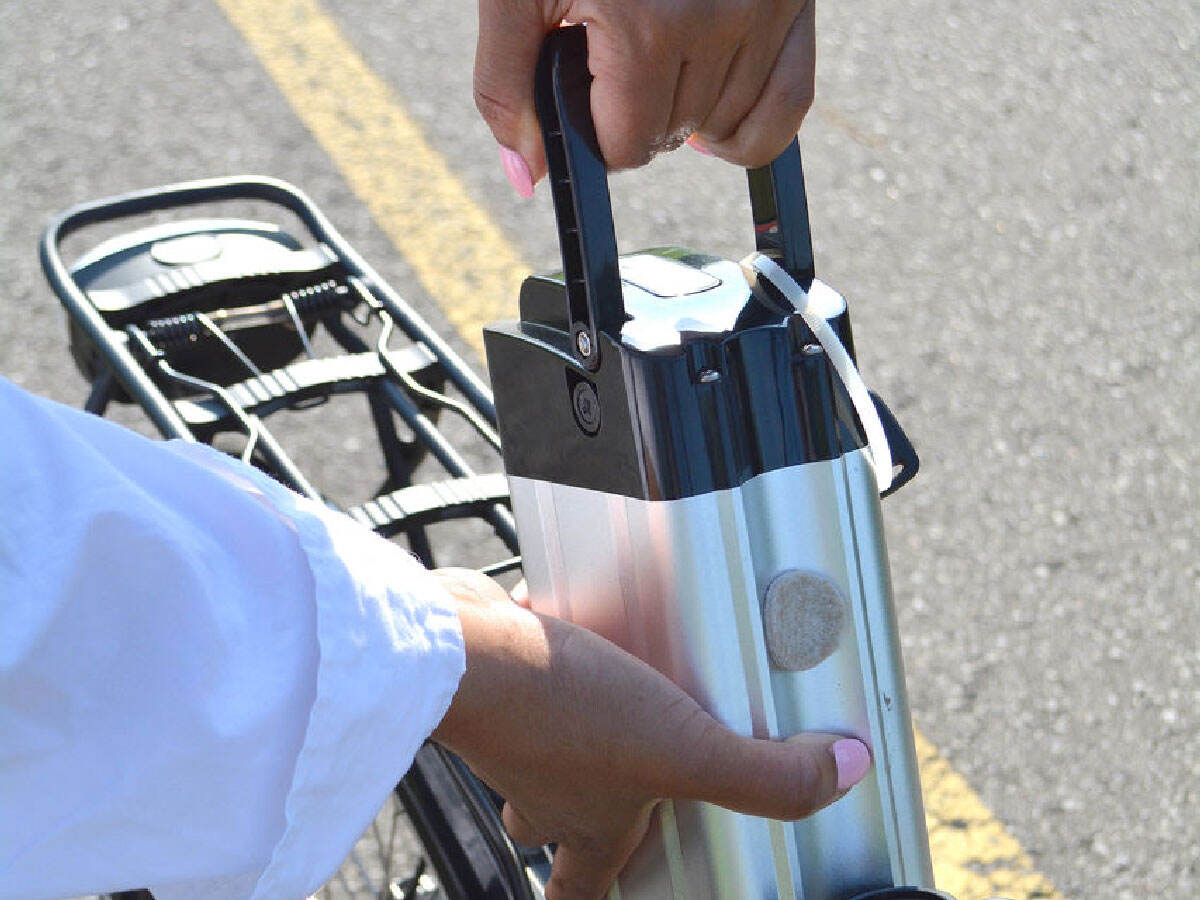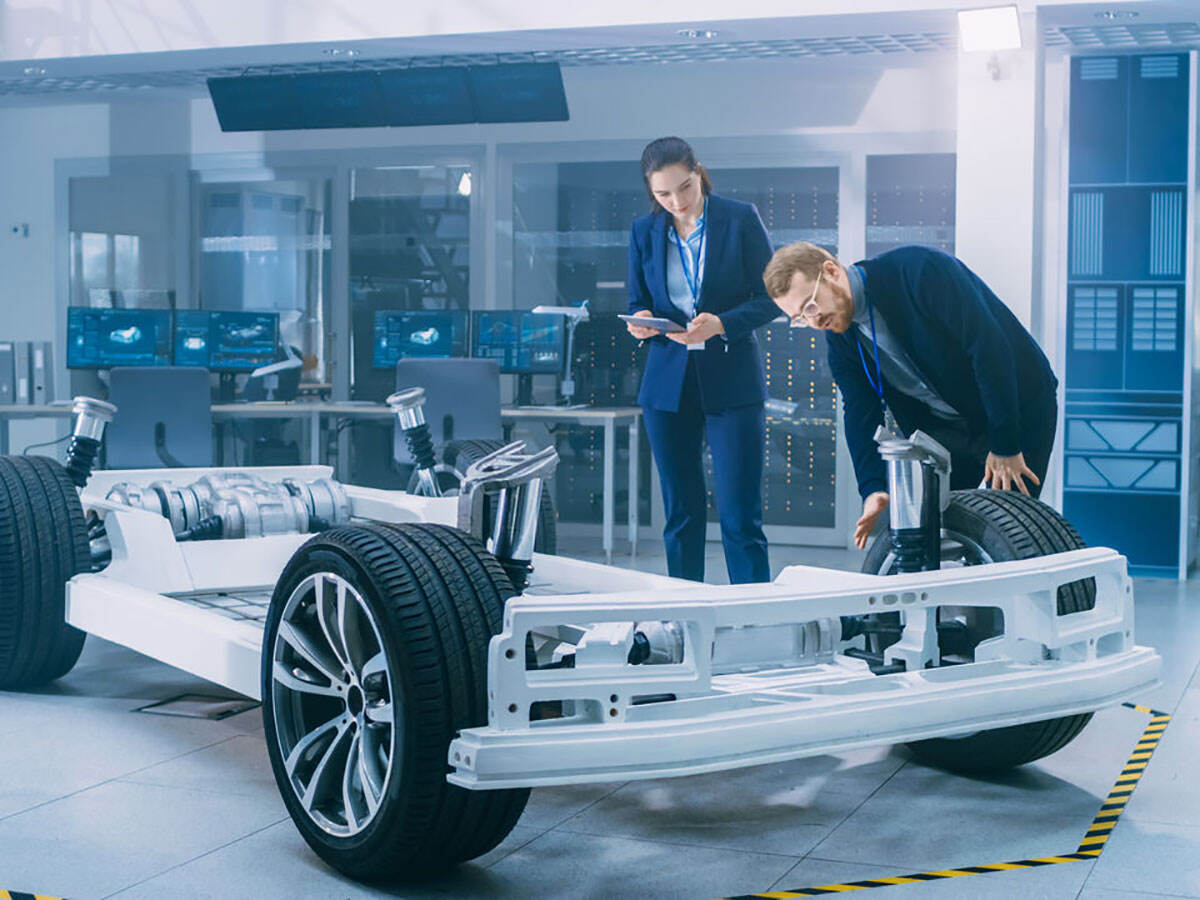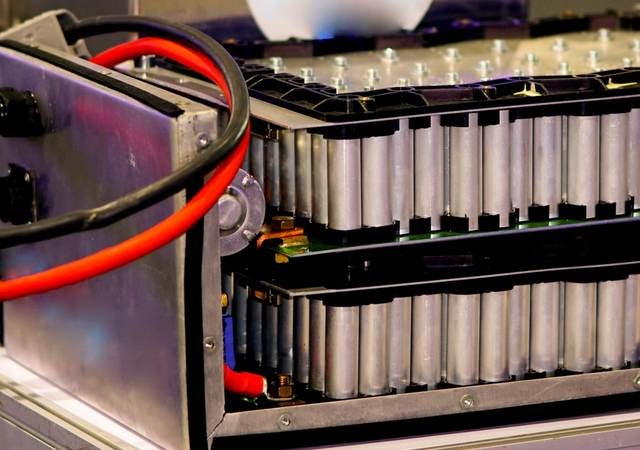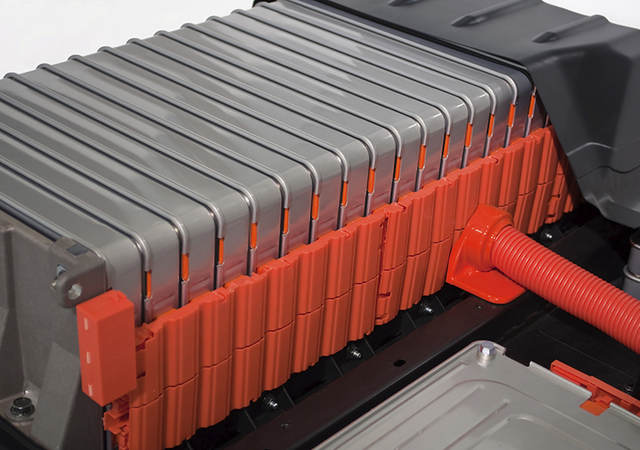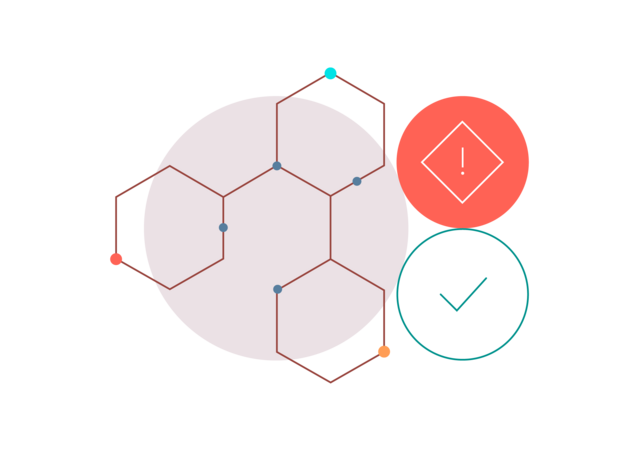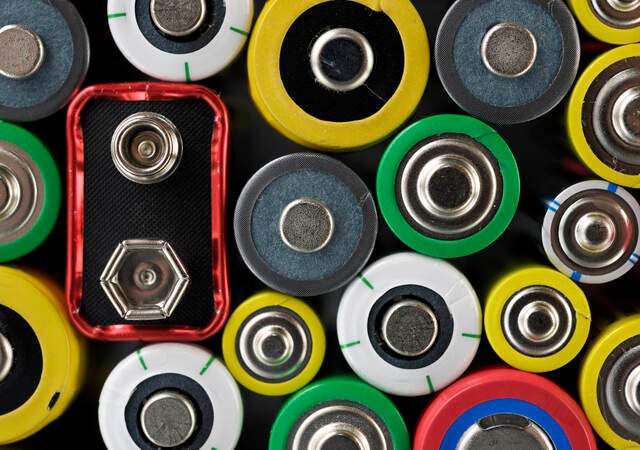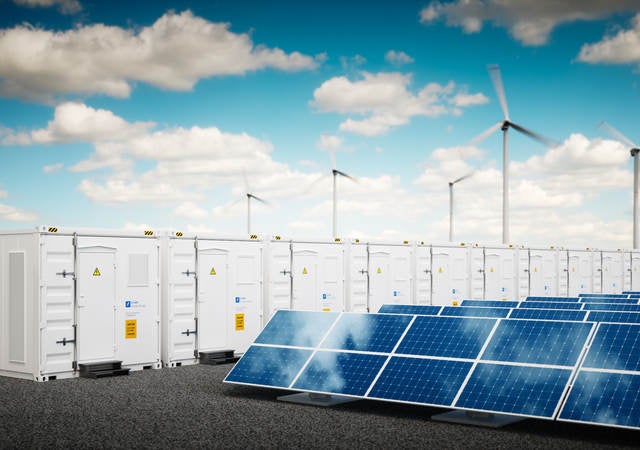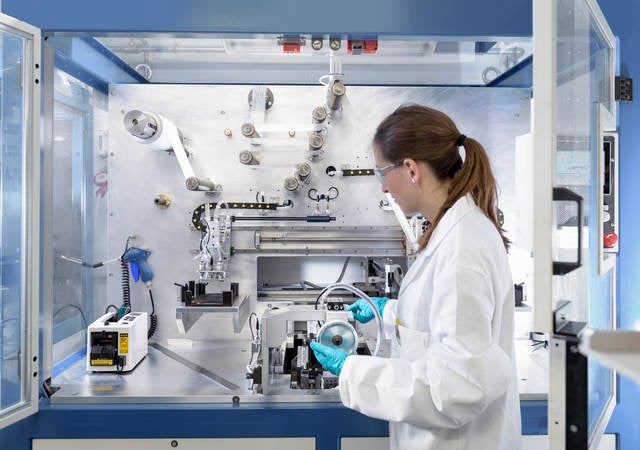14X
expected increase in global battery demand by 20301
17%
of demand likely to come from the EU2
27%
annual growth in Li-ion battery demand expected, reaching 4,700 GWh by 20303
The EU Battery Regulation took shape as part of the European Union (EU) Green Deal in 2019, a transformative initiative to drive sustainability and climate neutrality across Europe. These new battery regulations mark a pivotal moment for sustainability across the battery industry, but they also present manufacturers, distributors and stakeholders with complex challenges.
Over 90 articles cover safety, performance, environmental impact assessment criteria, due diligence requirements and more — across every stage of the battery life cycle. Addressing each of these articles requires greater transparency throughout the battery life cycle, necessitating robust data management and coordination with all supply chain partners. Additionally, many technical standards are still in development, leading to a lack of clarity surrounding specific requirements, and manufacturers and distributors are facing limited availability of critical raw materials, which threatens to impact production schedules.
Without the proper tools or resources to manage these new regulations in the face of other challenges, pursuing compliance can quickly become a daunting task.
Battery types1 impacted by the EU Battery Regulation
Timeline of key deadlines under EU Regulation 2023/1542
The EU Battery Regulation sets ambitious targets for sustainable production, use and end-of-life practices. Opportunities continue to grow as the demand for batteries surges, driven by EVs, renewable energy storage systems and consumer electronics. However, meeting this demand on time and in a compliant, more sustainable manner is a monumental task.
An overview of the current expected enforcement timeline is below:
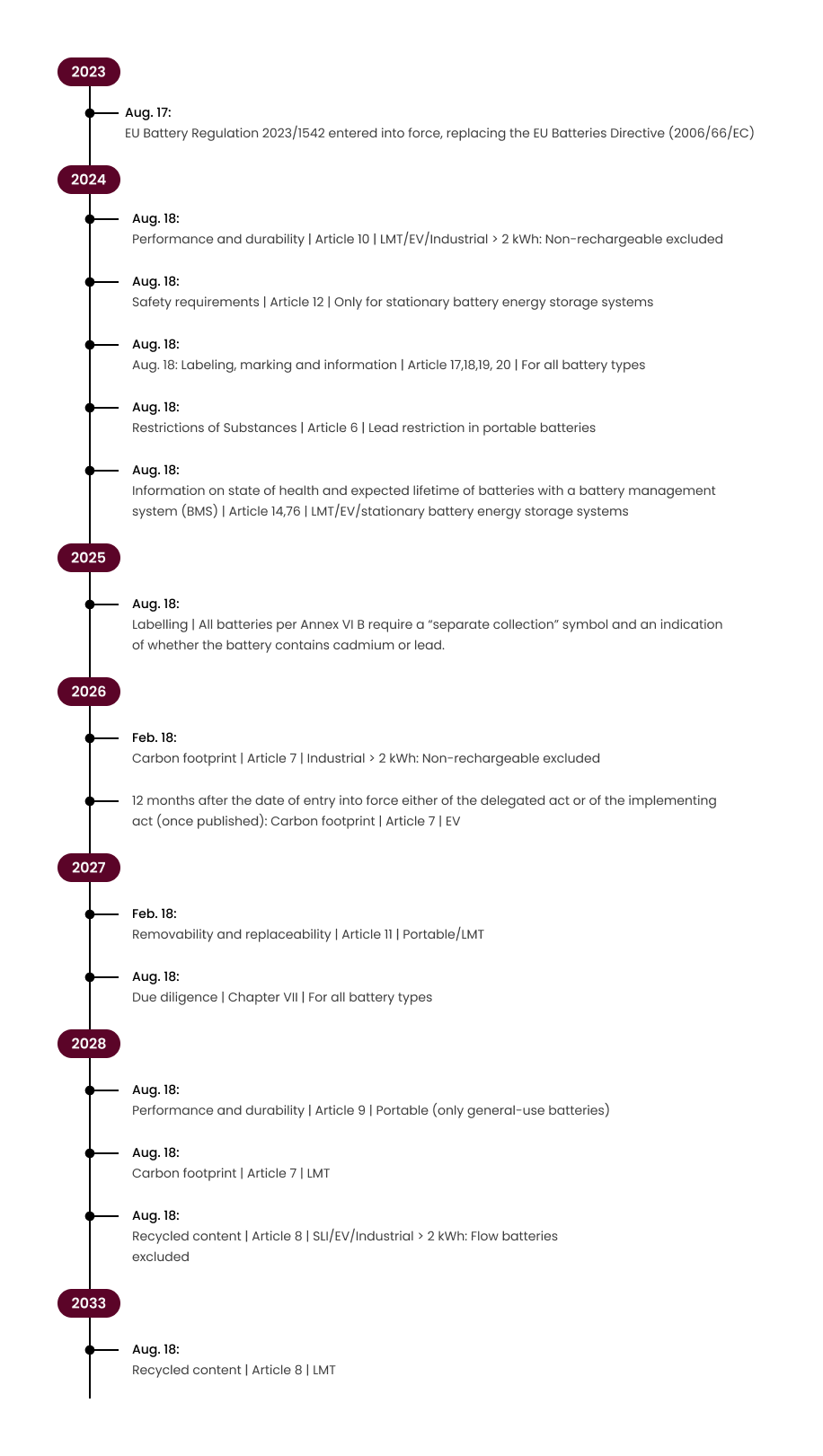
European compliance expertise to support innovation
The EU Battery Regulation marks a pivotal moment for sustainability in the battery industry. Governments around the world are imposing guidelines for battery manufacturers while customers and investors seek greater transparency and safer, more sustainable products that align with their values and demonstrate investment resilience. Together, these factors necessitate innovation in battery technology to increase both performance and sustainability.
UL Solutions is uniquely positioned to support businesses as they manage these challenges. With decades of expertise, global capabilities and cutting-edge services, we help our customers demonstrate compliance as they focus on competitiveness and sustainability in an evolving regulatory landscape.
A holistic approach to cover the battery life cycle
UL Solutions offers a holistic approach to navigating and complying with the EU Battery Regulation. Our expertise gives you guidance and tools designed to help you meet regulatory and market expectations while enabling you to maintain your focus on innovation, profitability and greater sustainability.
Our services address the complete battery supply chain and span the larger battery industry. We offer:
Safety and performance testing and certification

Regulatory guidance
Sustainability impact reporting and validation
Durability testing
Chemical data compliance software

Market access support
Training and capacity building
Please see below for a list of current offerings to address the EU Battery Regulation:
- Design requirements
EU Battery Regulation requirements Article Our services Restrictions of substances (Hg, Cd, Pb, REACH Annex XVII) Article 6 - Analytical testing of restricted substances (Hg, Cd, Pb, etc.)
- Documents assessment
Carbon footprint (declaration for each battery model/manufacturing plant), LCI, system boundary Article 7 - Auditing
- Documents assessment
- Calculations of carbon footprint per product
- Notified Body assessment
Recycled content (Co, Pb, Li, Ni) Article 8 - Auditing
- Documents assessment
Performance and durability Articles 9, 10 - Testing per standard requirements
- Verification testing
- Testing to the requirements of applicable IEC and UL Standards and Joint Research Centre (JRC) reports
- Verification testing (per customer request or standard requirement based on laboratory equipment capabilities)
- Auditing
- Advisory
Removability and replaceability Article 11 - Advisory
- Testing per standard requirements
- Testing per end product standard requirements
- Verification testing
- Verification assessment and testing
Safety (only for SBESS) Article 12 - Safety testing and certification per existing standard requirements (UL 1973, IEC 62619, IEC 63056, etc.)
- Advisory
- Information and traceability
EU Battery Regulation requirements Article Our services Labeling, QR code Article 13 - Technical alignment for QR code labeling requirements
- Advisory
- Label reviews
CE marking Articles 19, 20 - Technical alignment in CE marking actions
- Advisory
- Label reviews
- Market access services
SOH and expected lifetime of batteries with BMS Article 14 - Performance and verification testing based on customer requirement
Conformity assessment of quality system Article 17 - Post establishment, mandatory and voluntary notified body assessment services
- End of life
EU Battery Regulation requirements Article Our services Reuse/repurposing/remanufacturing Articles 45, 56, 73 - UL 1974, the Standard for Evaluation for Repurposing or Remanufacturing Batteries
- Repurposing and remanufacturing
- Certification service for the manufacturer
Collection of waste batteries Articles 59, 60, 61, 63, 70 - Guidance on waste classification by battery type, aligning with regulations and waste hauler specifications, including new EU waste shipment regulatory requirements
Recycling efficiency targets Article 71 - Access to ULTRUS™ ChemADVISOR® regulatory database to provide REACH/SCIP information and register waste to identify substances of high concern
Shipment of waste batteries Article 72 - Advisory services from our dangerous goods (DG) subject matter experts, which can include the creation of guidance and policies as well as audits to support ongoing compliance
Information on prevention and management of waste batteries Article 74 - Advisory services, which can include the creation of guidance and policies as well as audits to support ongoing compliance
Reporting obligations Article 75 - Advisory services, which can include the creation of guidance and policies as well as audits to support ongoing compliance
- Due diligence
EU Battery Regulation requirements Article Our services Due diligence policy and schemes, raw materials, social and environmental Articles 48, 53, 84 - Guidance on responsible sourcing
Third-party verification Articles 51, 49, 52 - Third-party verification and auditing services
Comprehensive testing and certification services for batteries
Services to help support sustainability across the supply chain

Services to help support chemical compliance and supply chain transparency
Battery, related regulations and how UL Solutions can help
Frequently asked questions
- Who is impacted by the EU Battery Regulation, and how?
The regulation affects all stakeholders involved in the battery life cycle, including manufacturers, importers, distributors, retailers and recyclers, requiring compliance with design, safety, performance and sustainability standards. Learn more about key changes here.
- What are the upcoming key dates and deadlines?
For business prioritization, please review important milestones here.
From testing performance to managing carbon footprint and chemical data, planning ahead helps make meeting compliance requirements a smoother process. Purpose-built tools like ULTRUS™ WERCS Studio chemical data and compliance management software can help you share, analyze and manage your product-related data more efficiently.
- Which industries and products are most affected?
Sectors reliant on batteries — electric vehicles (EVs), renewable energy storage, consumer electronics, micromobility, industrial applications and many others — must meet sustainability, recycling, safety, labeling and reporting requirements. Businesses must demonstrate the reliability, consistency and accuracy of their carbon footprint calculations and declarations and recycled content claims. Additionally, they must meet recycling and end-of-life requirements, as well as demonstrate compliance with design, performance and durability, and battery safety requirements. Learn more about how UL Solutions can help.
- How does the regulation benefit businesses and consumers?
Stronger sustainability measures, carbon footprint reduction and transparent recycling practices help to improve market access in the European Union (EU) while also meeting demand for ecofriendly products. Clearer safety standards also enhance consumer confidence.
- What are the regulation’s main objectives, and how can businesses achieve them?
The regulation aims to reduce environmental impact, promote a circular economy, enhance battery safety and require recycled content levels. Strategic compliance planning, performance testing and sustainability can help businesses meet these goals, streamline regulatory compliance and foster innovation.
- What additional challenges might businesses face, and how can they address them?
Key hurdles include supply chain transparency, material shortages and high compliance costs. Proactive supply chain assessments, durable design strategies and streamlined reporting tools can help navigate these challenges. Explore more about EU Battery Regulation compliance.
- How can businesses prepare for the EU Battery Regulation’s compliance requirements?
Preparation involves assessing carbon footprints and recycled content, improving transparency, and implementing robust sustainable practices. Effective tools, including data management platforms (e.g., ULTRUS™ WERCS Studio), can help businesses better manage the chemical and material data that helps drive smart business decisions and supports product compliance.
Additionally, it can be helpful to use European and other international standards for performance, durability and safety testing and to implement internationally recognized due diligence schemes. The use of third-party laboratories for testing, implementation and performing due diligence audits also supports this effort.
- What role does technology play in compliance?
Advanced tools support life cycle analysis, carbon reporting and chemical data management. ULTRUS™ software can help you streamline safety data tracking, material usage monitoring and regulatory reporting for a more efficient path to compliance with WERCS Studio and ChemADVISOR® Regulatory Database.
Reference
Definitions adapted from Regulation – 2023/1542 – EN – EUR-Lex, Article 3, Definitions.
Sources
1. Batteries
2. Batteries
Get in touch with us
Thank you for reaching out! Please briefly share the battery type and services you are interested in to help us better address your needs.
